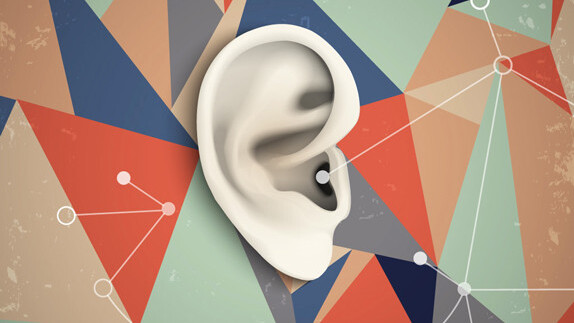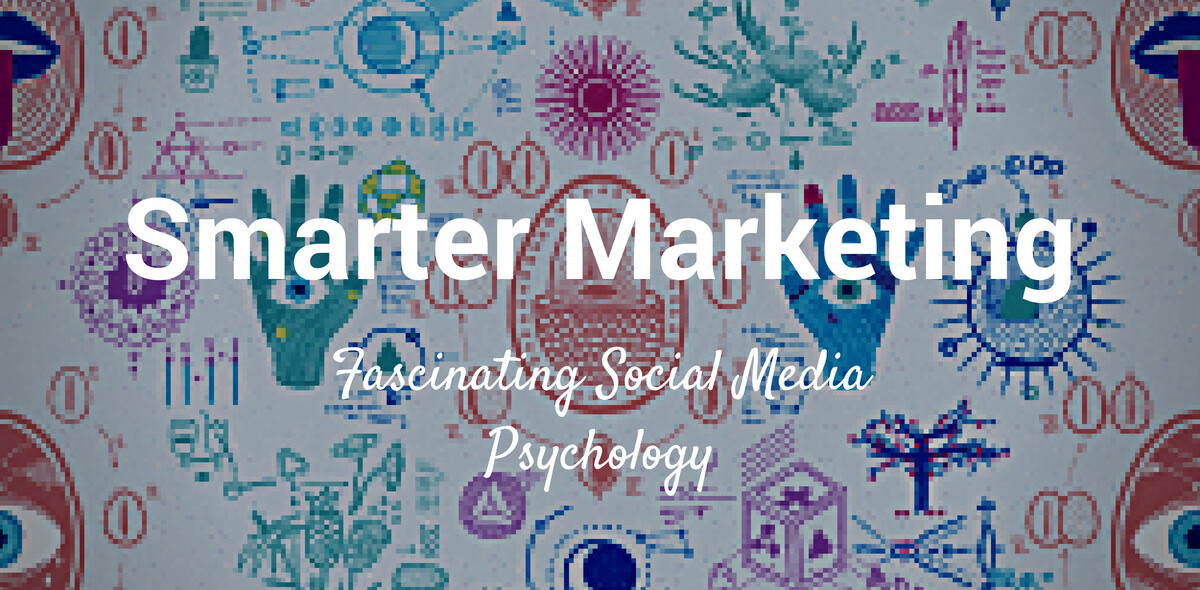
Abhilasha Shah is a PR/Communications intern, studying communications and psychology at the University of Michigan. This post was originally published on the Shutterstock blog and has been reprinted with permission.
Imagine you’re listening to a new song and deciding whether you like it. That snap decision involves more than you might think. Because the likeability of music is so subjective, we all have our own personal preferences that go into our judgments. What you may not realize, though, is the depth of the physiological process that every individual’s brain goes through in determining whether a song pleases them or repels them. Let’s take a look inside.
Dopamine, a neurotransmitter released in the brain, is triggered by rewarding stimuli such as tasty food, certain drugs, even experiences like getting flowers on your birthday. Musical information gets translated in the auditory cortex. If the song is familiar and pleasurable, the auditory cortex sends chemical signals to the striatum, where dopamine is released. Yes, that chill, “feel-good” sensation is dopamine rewarding you for listening to that song.
The following clip is from the movie 500 Days of Summer. In this context, assume the protagonist, Tom, is listening to a song he likes and showing us how our brain feels when dopamine is released.
Pretty rewarding, right?
Almost your entire brain is involved in processing music. Regions responsible for movement, attention, planning and memory are all activated. The nucleus accumbens forms expectations to help the brain decide whether to release dopamine or not. The more activity shown in this region, the more likely the song has reached or surpassed the basic expectations, and the more likely dopamine will be released.
These standards are rooted in the history of music each individual has listened to over their lifetime, information stored in our superior temporal gyrus. This storage creates a template of what types of music, or genres, your brain is familiar with, and therefore likes to process.
Think about the last time you did something without wanting to listen to music in the background. Music pumps us up, but can also calm us down. We often attach music to emotional difficulties, yet it has the ability to liberate us, too. You might not even realize how much you need it until one day you get to work and realize you forgot your headphones. In an instant, your day seems longer because you don’t have anything to fill blank auditory space.
Whether it’s for entertainment or therapy, music makes us more cooperative and willing to do tasks that otherwise we would find tedious, like cleaning, working, exercising or studying. Once the dopamine is in effect, your brain is motivated to keep going and get things done faster.
The clip above from the movie 10 Things I Hate About You exemplifies how music has become an expression of our emotions. When we put on our headphones, we basically do the same thing: listen to songs that become the background music to our life stories. The experience of music is dependent on our emotions and surroundings; our song selections have honed in on emotion as much as musical preferences.
Music services are evolving to respond to these basic needs, as well. Rather than simply categorizing music by the traditional genres we’re accustomed to, Spotify curates playlists for users with titles like Cocktail Infusions, A Little Afternoon Delight, and Mood Booster.
Get the TNW newsletter
Get the most important tech news in your inbox each week.




